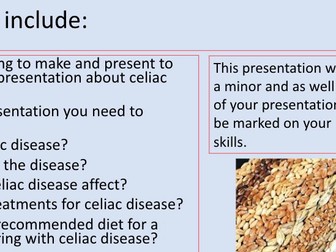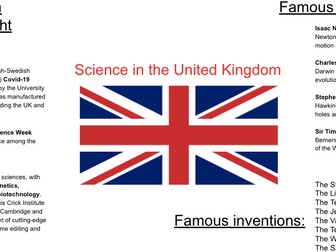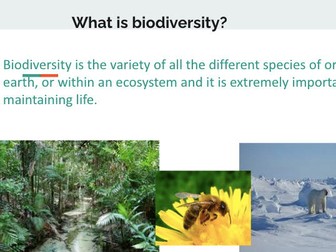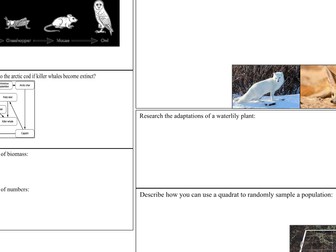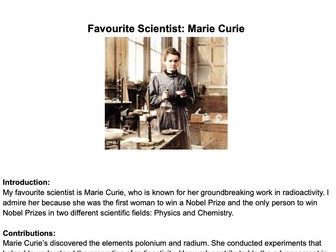Coeliac Disease Project
<p>This resource employs an inquiry-based approach, enabling students to use their existing knowledge of diets and food groups as they research and present their findings on coeliac disease. Students will explore the nature of the condition, its symptoms, dietary considerations for individuals affected by the disease, and available treatment options. Through this engaging process, they will develop a deeper understanding while enhancing their research and presentation skills.</p>
